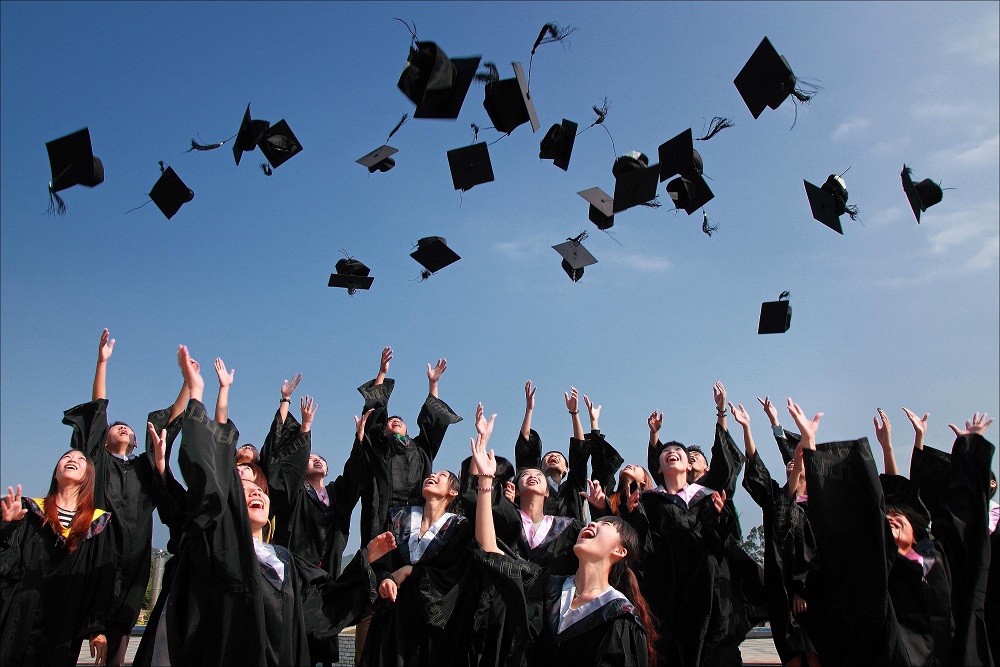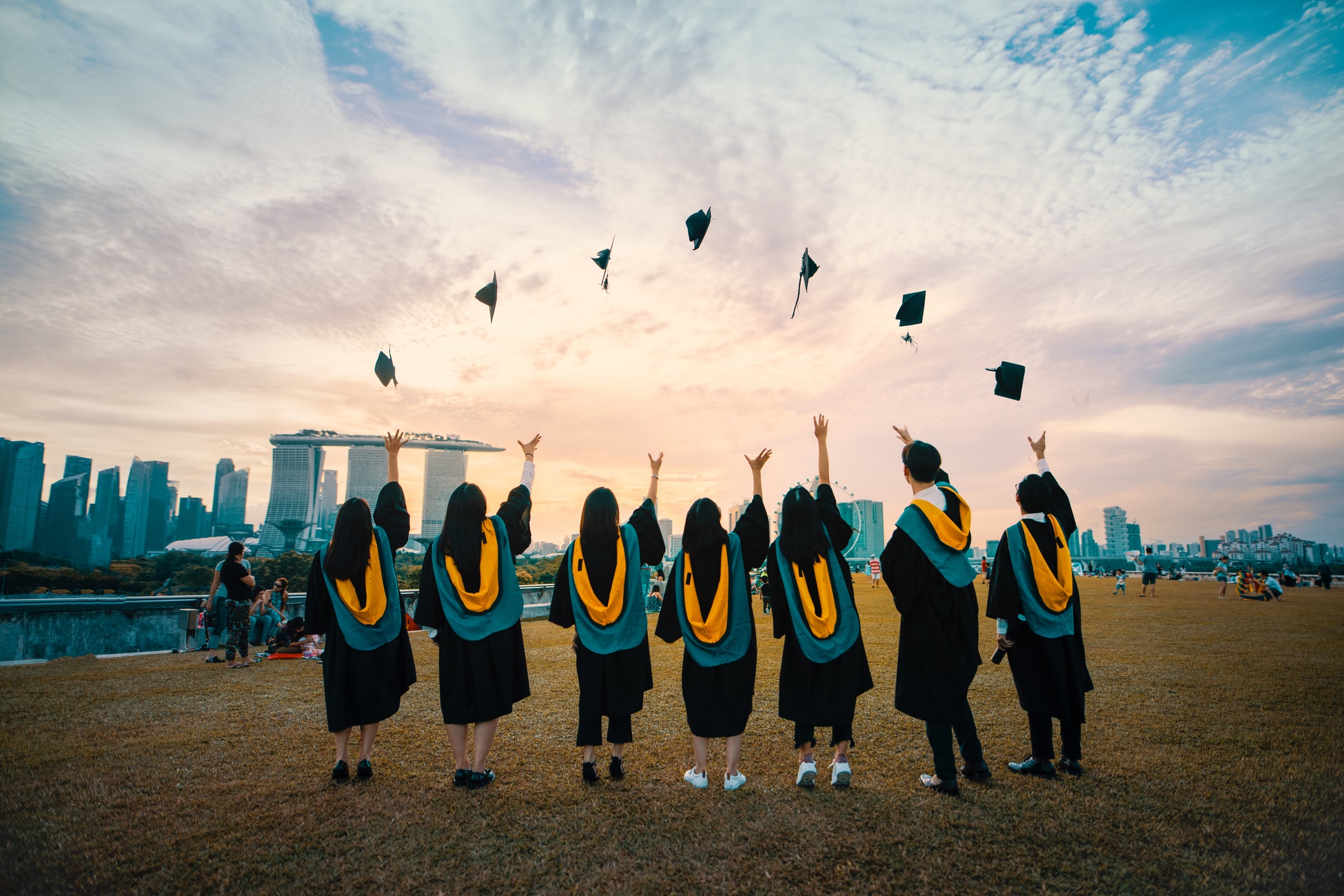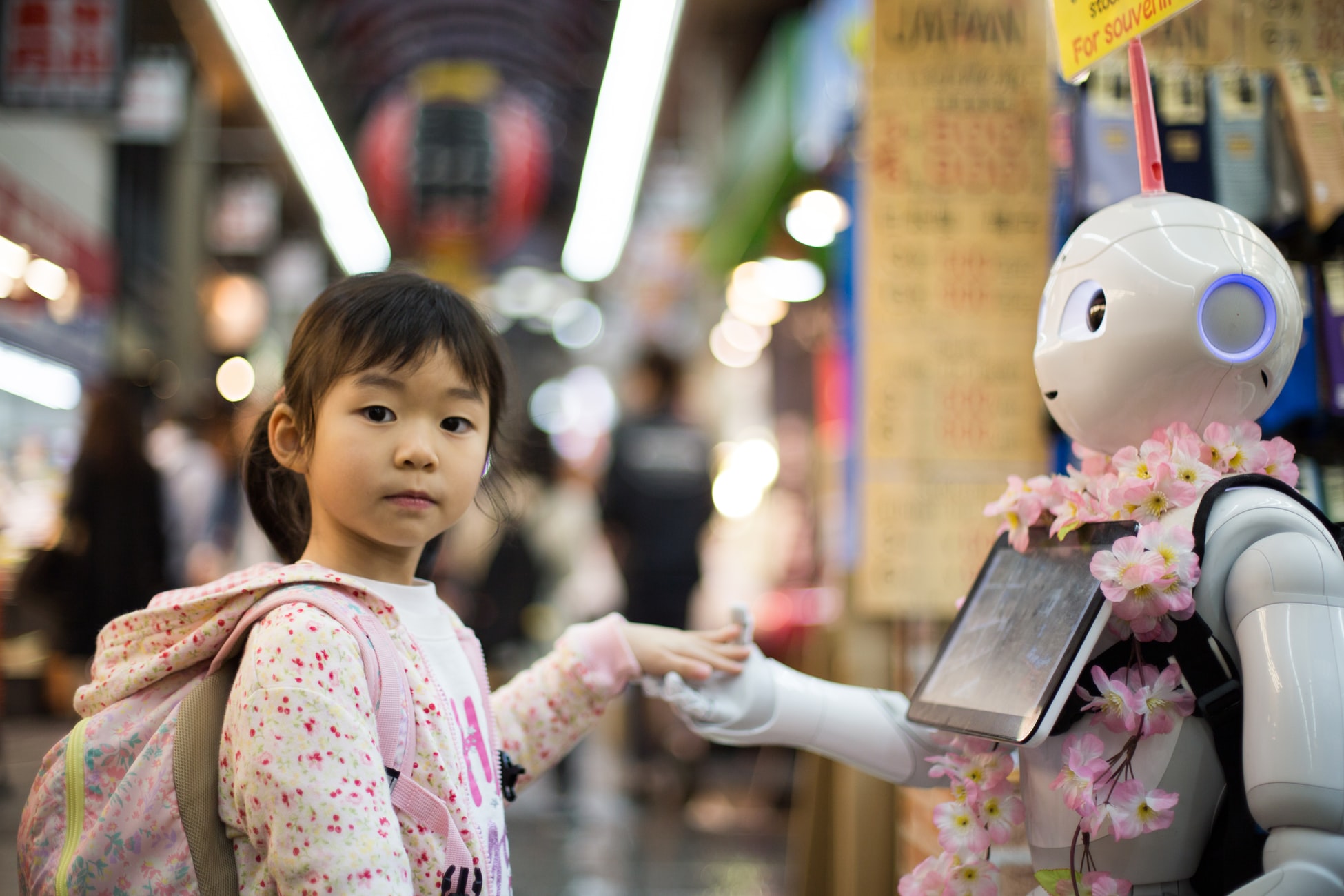The term “personalized learning” has become widespread and notably made an impact in study communities with the works of technology. In fact, school improvement programs in 39 states have stated on how they would implement on making learning personal and self-paced in accordance in former President Obama’s US law called Every Student Succeeds Act (ESSA) which has been established back in 2015.
Not only states are compelled to pursue personalized learning but as well as philanthropists.
Together with Facebook Founder and CEO Mark Zuckerberg, Priscilla Chan expanded for their new initiative called “whole-child personalized learning” in which they aim to provide a top-notch customized education for every student.
In an interview with Education Week, the president of the said initiative and former Deputy U.S. Secretary of Education, James H. Shelton, said that technology isn’t all that it takes for a student to learn.
“We’ve got to dispel this notion that personalized learning is just about technology. In fact, it is about understanding students, giving them agency, and letting them do work that is engaging and exciting.”
How does personalized learning works
Pace-driven and student-driven are two of the most prevalent types in personalized learning environments.
The first one, pace-driven, let the learner go through the study materials based in an online curriculum. This curriculum will depend solely on the learner’s skills and needs as it progresses. There’s no set requirement on which time or material to study since the online program will be contingent in keeping with the learner’s pace.
One instance of this particular platform is Khan Academy. The students can look up the lessons that they need which corresponds on the level and speed of how they work on their study materials. Educational set of tutorials, videos, and work exercises are evenly spread out to accommodate the needs of the learner in one click away.
An English-learning study space called English Forward is another example. It’s a platform that recognizes the Internet as “a great disruptive force for education” as well as the sustainable integration of blockchain technology to its system. Its main concern was to overcome the inaccessibility of education with the use of smart devices and globalization.
Dealing with the other side
Even with the claims on how tailored instructions can aid to diminish the skill gap of the students, parents remain not fully convinced.
A journal from JAMA Pediatrics shows children from under age two (2) have doubled their screen time hours from one and a half (1.5) hours in 1997 to three (3) hours in 2014.
Another study shows that excessive screen time use is linked to emotional, social and cognitive delays for the children age to zero (0) to five (5) which is the critical time period for brain development. Due to the child’s exposure solely on mobile devices and media, the research implies that too much may affect the interaction growth with the physical environment and building social rapport.
A pediatrician and digital innovation chief at Seattle’s Children Hospital, Dr. Wendy Sue Swanson, said that this isn’t surprising since parenting can be demanding in the modern era. Nevertheless, it is crucial for parents to give their children enough playing field while guiding them.
Too much autonomy given to the students is one of the most common clamors that may arise in regards to personalized learning. But with proper guidance and control, personalized learning can do more than what the traditional schools can give.
Keeping the balance and order
In many schools, personalized learning tackles the critical aspects of education for those who have disabilities or come from low-income families. Teachers are left to organized and maintain order for each student while letting them study on their specific work alone.
It may entail more work for teachers and the staff in charge but with flexibility, personalized classrooms can close the achievement gaps and empower students in prioritizing work assignments on their own.
In the face of technological innovation and economic struggle, access to higher education for most developing countries remain estranged. However, with personalized learning, students can tap into these “outside opportunities” and build the skill pipeline for less cost.







